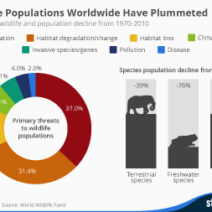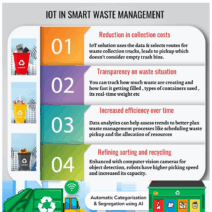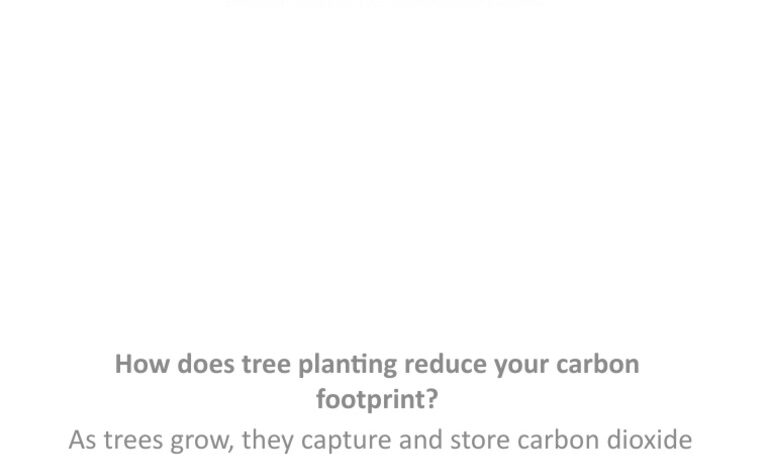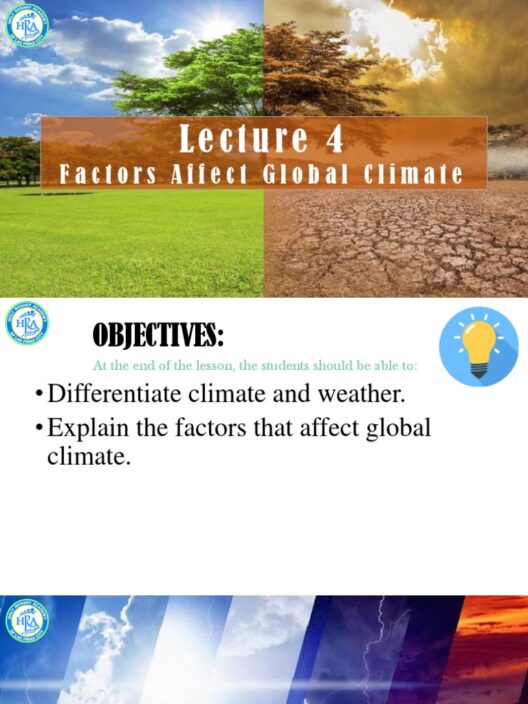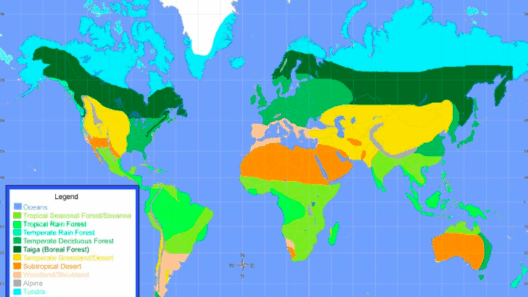As the global climate continues to shift dramatically due to anthropogenic activities, the importance of natural solutions cannot be overstated. Among these, the role of plants emerges as a pivotal element in combating global warming. Plants are not merely passive entities; they serve critical functions in maintaining ecological balance, absorbing carbon dioxide (CO2), and influencing terrestrial and atmospheric processes. This article delves into the multidimensional contributions of plants towards mitigating climate change, along with innovative green solutions for a hotter planet.
The fundamental mechanism through which plants aid in reducing global warming is photosynthesis. During this process, plants utilize sunlight to convert CO2 and water into glucose and oxygen. This remarkable transformation not only provides sustenance for the plant but also sequesters significant quantities of carbon from the atmosphere. Forests, for instance, are considered carbon sinks, absorbing an estimated 2.6 billion tonnes of CO2 annually. Thus, preserving existing forests and restoring degraded lands can exponentially increase carbon storage potential.
One intriguing aspect of plant contributions to climate mitigation is their influence on local microclimates. Through transpiration—a process where plants release water vapor into the air—vegetation cools surrounding areas, thereby reducing temperatures and alleviating heat stress in urban environments. Urban heat islands, characterized by elevated temperatures due to human activities, can be effectively countered by increasing green cover through trees, shrubs, and green roofs. These strategies not only cool the air but also enhance biodiversity, improve air quality, and promote mental well-being among city dwellers.
Moreover, certain types of plants demonstrate remarkable resiliency and adaptability, making them crucial players in promoting climate resilience. For example, drought-resistant plant species can endure prolonged dry spells while maintaining soil integrity and preventing erosion. Integrating such species into agricultural practices provides an innovative approach to ensure food security in the face of changing climate conditions. Agroforestry, which combines agriculture and forestry, represents an optimal avenue for cultivating diverse plant species that foster resilience and sustainability.
Another pivotal contribution of plants is their role in promoting healthy soils. The presence of deep-rooted plants contributes to soil aeration, enhances nutrient cycling, and encourages beneficial microbial activity. Healthy soils act as effective carbon sinks, sequestering carbon and storing moisture. Practices such as cover cropping and rotation grazing can revitalize degraded soils by enhancing organic matter content and biodiversity, promoting a sustainable cycle of planting and harvesting.
The selection and cultivation of native plant species present a formidable solution for slowing global warming. Native plants are intrinsically adapted to their local environments, requiring less water and fewer resources while providing habitats for indigenous wildlife. They also play a vital role in pollinator promotion, which is essential for maintaining food systems. By promoting native plant ecosystems, we can create a more robust and self-sustaining environment that sequesters carbon efficiently.
Furthermore, the potential of aquatic plants in mitigating global warming cannot be overlooked. Wetlands, marshes, and mangroves act as crucial carbon sinks; they capture and store carbon in their biomass and underlying soils. The restoration of these ecosystems is an essential global endeavor, as they not only absorb carbon but also provide sanctuary for diverse ecosystems and protect against the impacts of rising sea levels. Investment in the protection and restoration of these vital habitats presents a multifaceted green solution.
While the natural properties of plants are significant, human intervention can amplify their efficacy in optimizing climate action. Reforestation and afforestation initiatives are paramount in mitigating climate change effects. These projects not only restore ecological balance but also create economic opportunities through timber and non-timber forest products. In addition, the burgeoning field of biotechnology offers exciting possibilities for enhancing plant capabilities—genetic engineering could lead to varieties that sequester more carbon or require fewer inputs, allowing for greater efficiency.
Adopting regenerative agricultural practices is another critical strategy to enable plant systems to function effectively in climate mitigation. These practices focus on restoring soil health, enhancing biodiversity, and improving ecosystem function. By reducing chemical inputs and emphasizing organic practices, agriculture can transition from being a carbon emitter to a carbon sink. Such a paradigm shift not only benefits farmers but also promotes food system resilience against the backdrop of a changing climate.
The role of global policies and community engagement cannot be ignored. Advocacy for policies that promote afforestation, sustainable agriculture, and the preservation of existing ecosystems is crucial. Grassroots movements can aid in raising awareness about the significance of plants in climate action, bringing communities together to undertake local restoration initiatives. Education plays an invaluable role in fostering appreciation and understanding of the interconnectivity between human actions and plant ecosystems, helping to generate a wider commitment to climate resilience.
While the challenges posed by climate change are formidable, plants offer a beacon of hope. Their remarkable ability to sequester carbon, enhance biodiversity, and improve ecosystem vitality underpins various strategies for addressing global warming. By embracing innovative approaches to plant conservation, restoration, and agricultural practices, humanity can harness the power of flora to forge a sustainable and resilient future. Ultimately, fostering an intrinsic relationship with the natural world, valuing its bounty, and committing to green solutions will be pivotal in averting the worst impacts of climate change.
